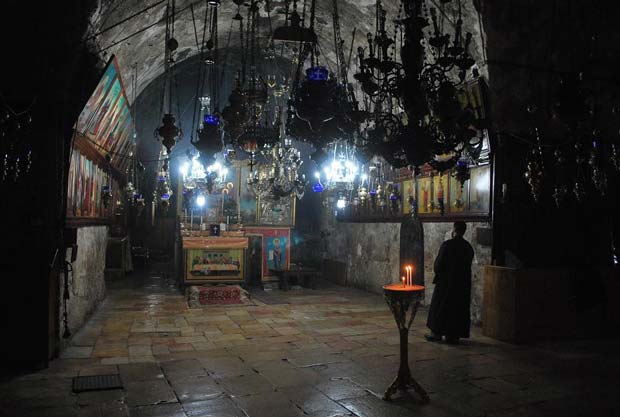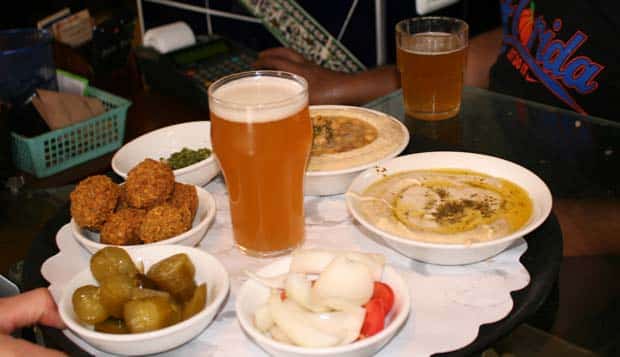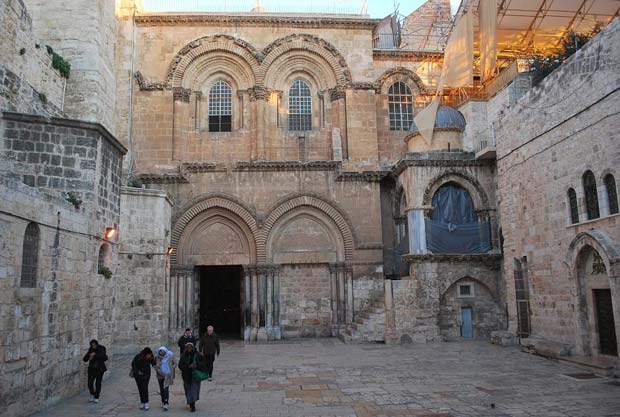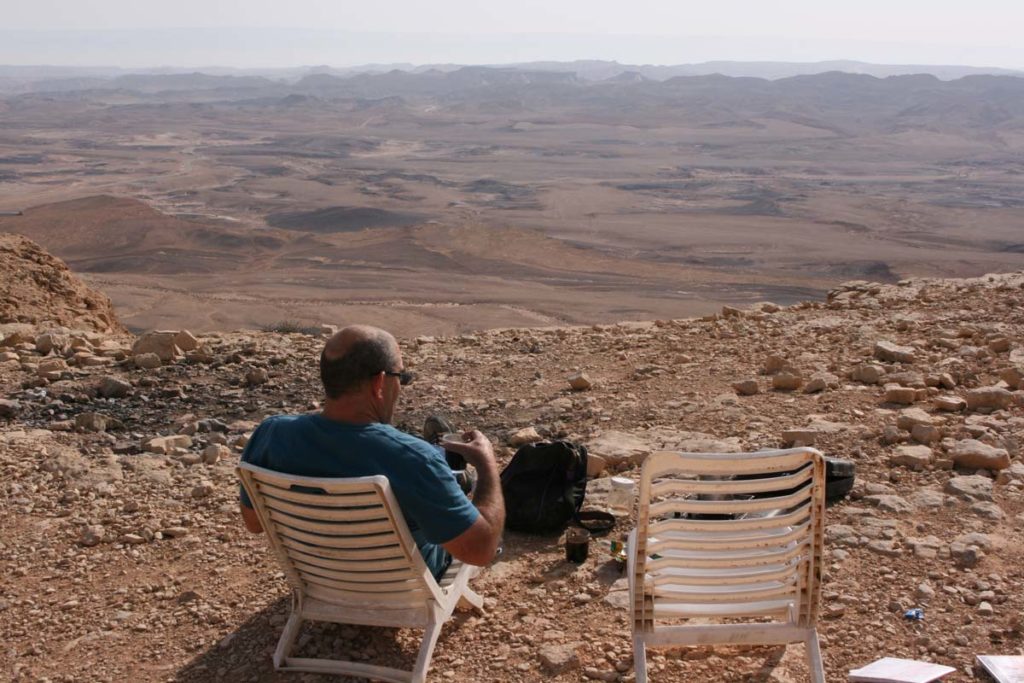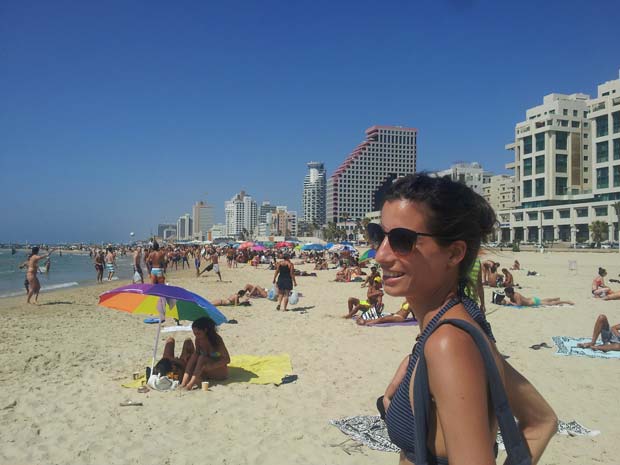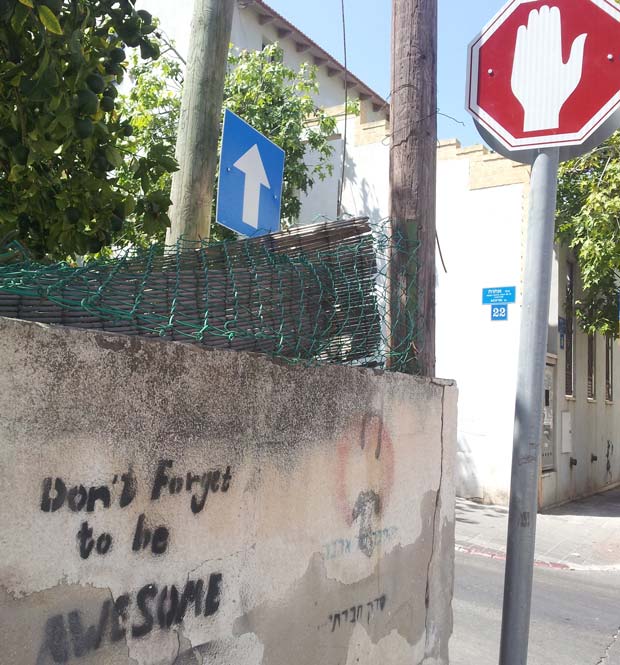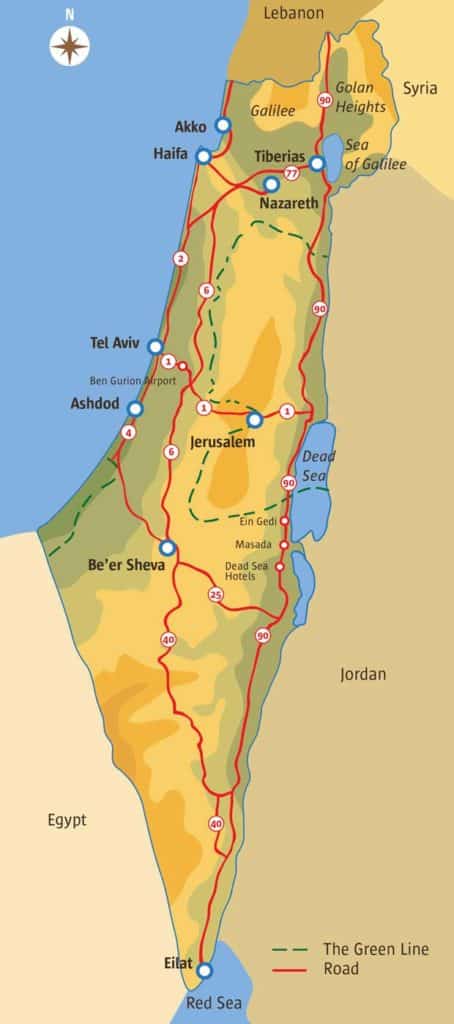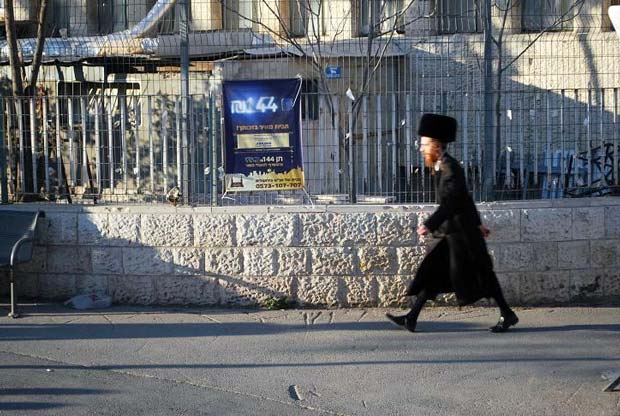If money isn’t an issue, then go for the best: sleep at the King David Hotel or the Mamilla Hotel in Jerusalem and at The Norman in Tel Aviv; hire a private tour guide every day; and eat at the best restaurants Israel has to offer (they are really good!). But if money is a consideration, then you will need to budget.
The good news is that there is something you can do about it!
The biggest expense is accommodation, and hotels in Israel are expensive (averaging more than $200 a night). But why not sleep in a hostel? In recent years some great hostels have sprung up in Israel. They all offer private rooms with bathroom, making it comparable to sleeping in a hotel but for far less money and with a much more open atmosphere in the lobby. The price for a night in a good hostel is about $25 in dorms and $100 for a private room with bathroom. Another way to cut costs is to sample Israel’s excellent street food – order a plate of hummus, shawarma, falafel or sabich for lunch for 25-35 shekels, and you are set until evening.
